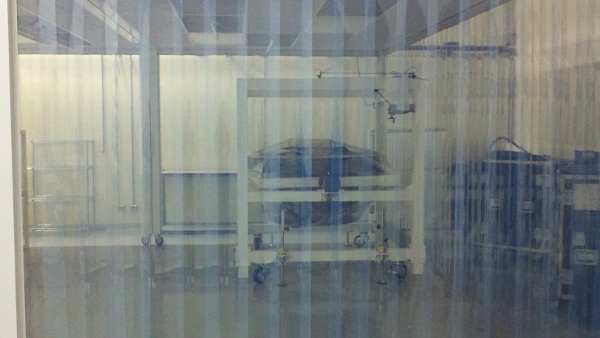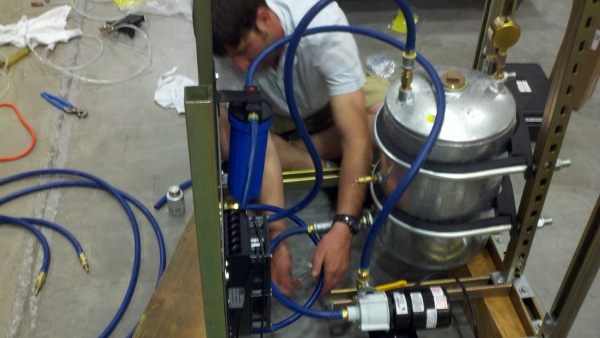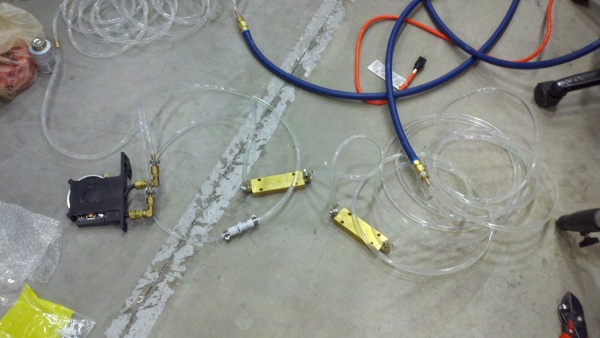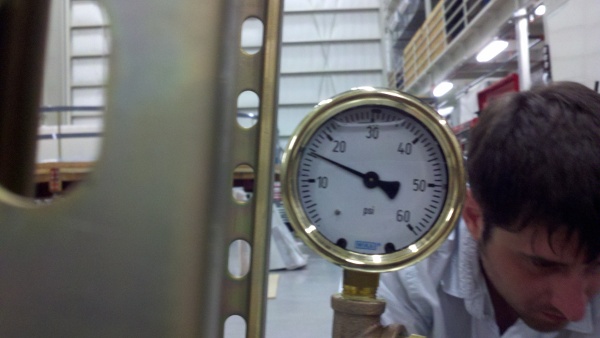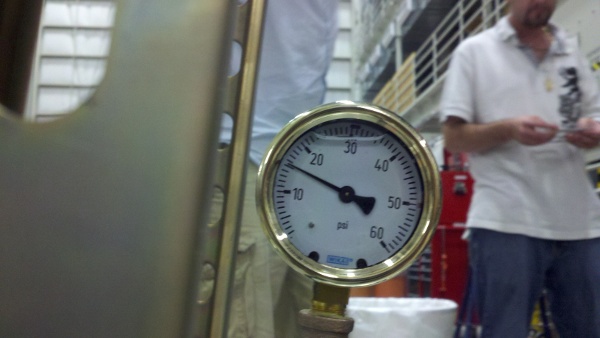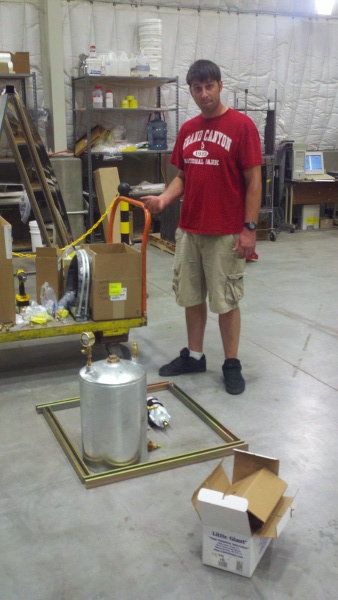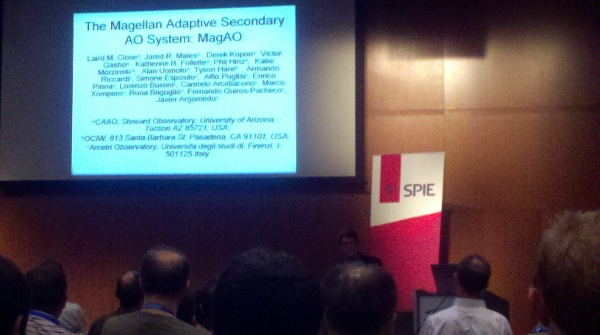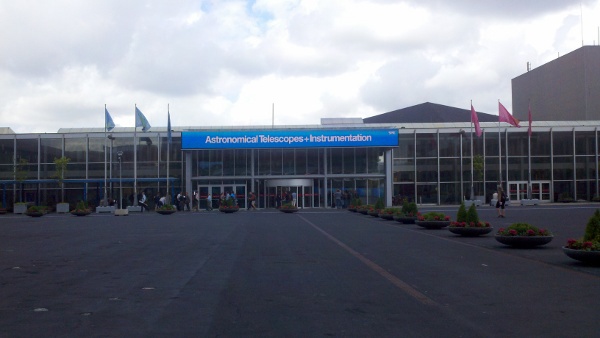MagAO is back at LCO. Jared arrived yesterday (Day -1 on the schedule) to begin preparing for a “fitcheck” where we will bolt the NAS to the telescope and test our communications and plumbing. The NAS (=Nasmyth Assembly because it goes on a Nasmyth port of the telescope) is the big black ring that holds our cameras.
The trip to the mountain from La Serena had some excitement. An accident on the highway caused a long traffic jam, so we followed some locals and took an offroad shortcut.
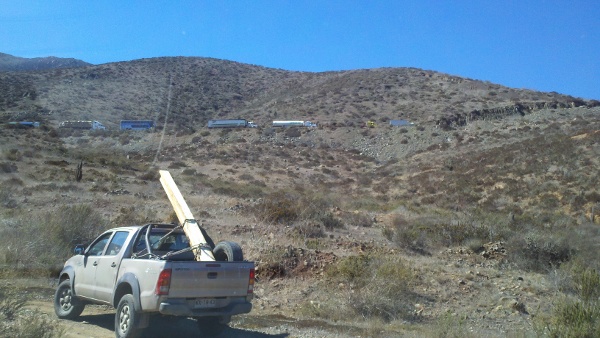
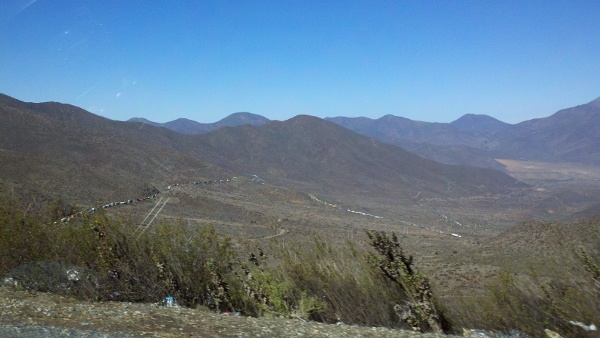
Everything is just how we left it, waiting for us to come back.

